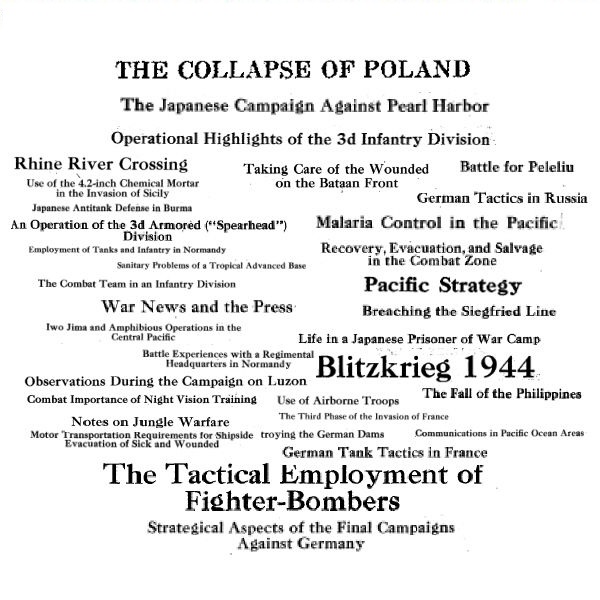
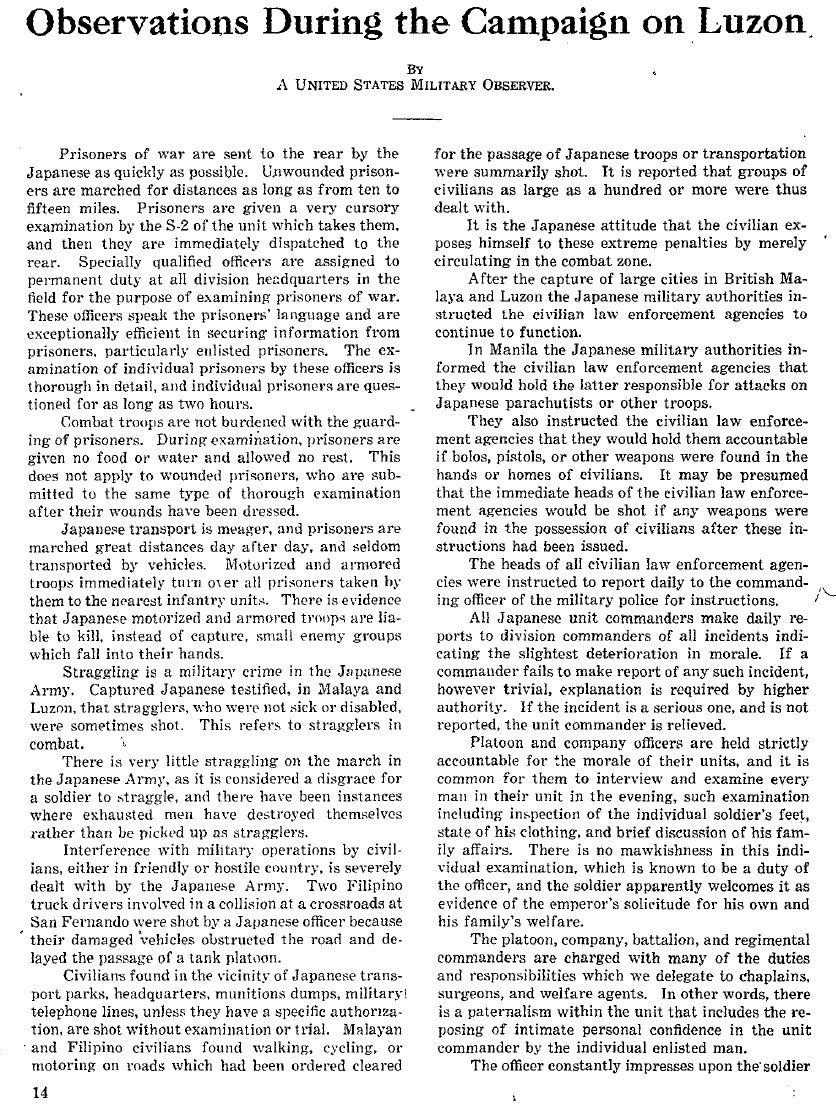
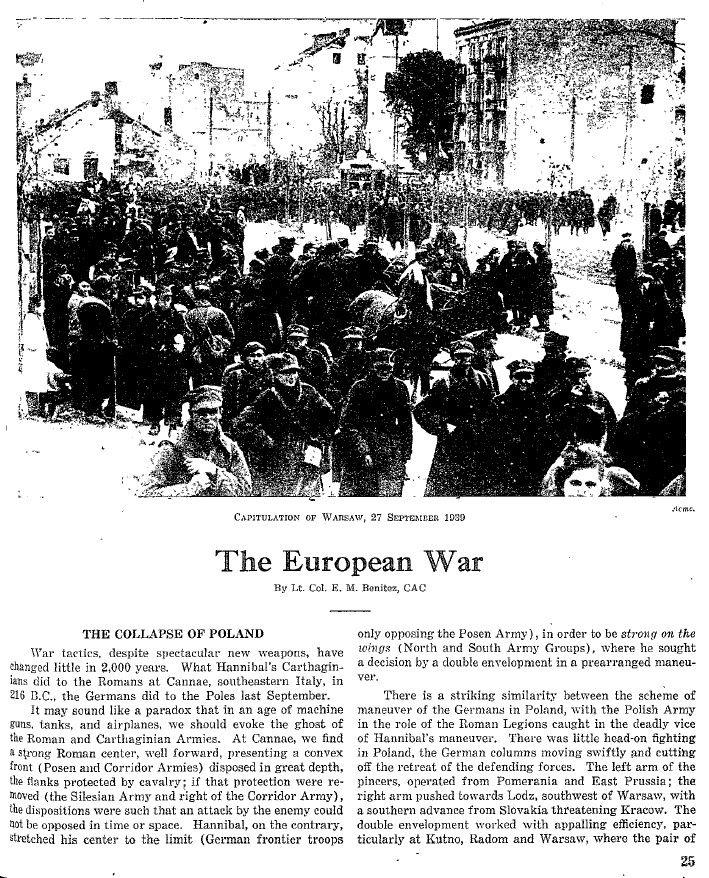
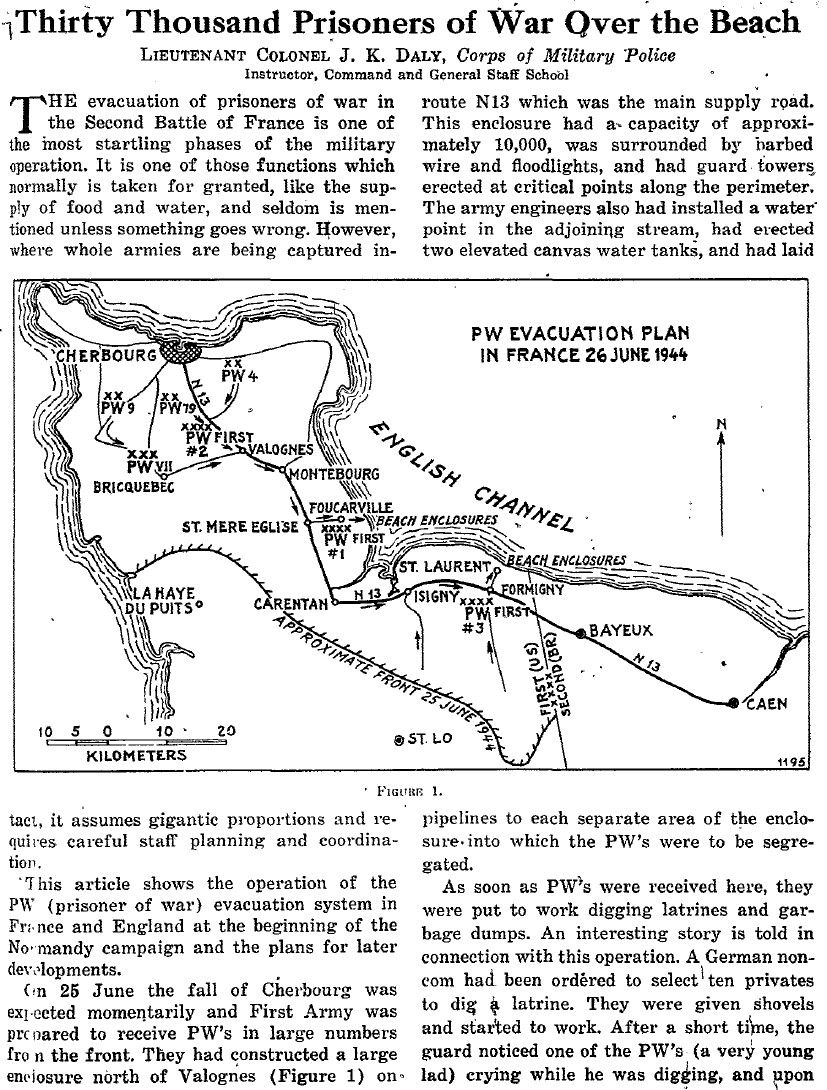
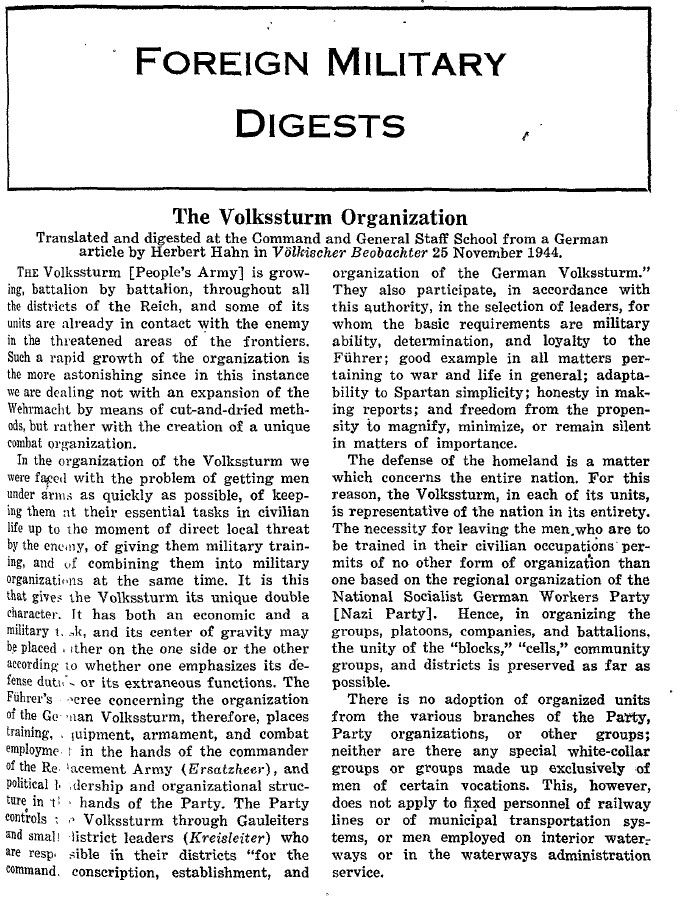
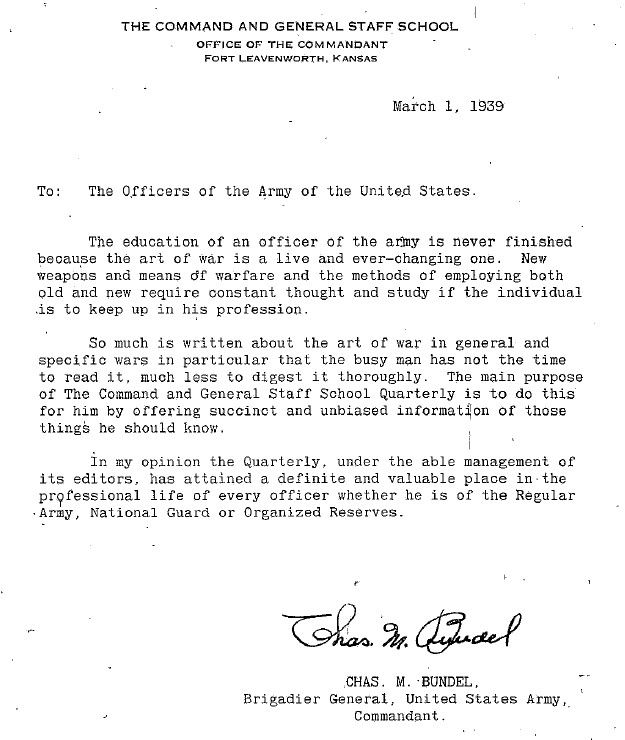
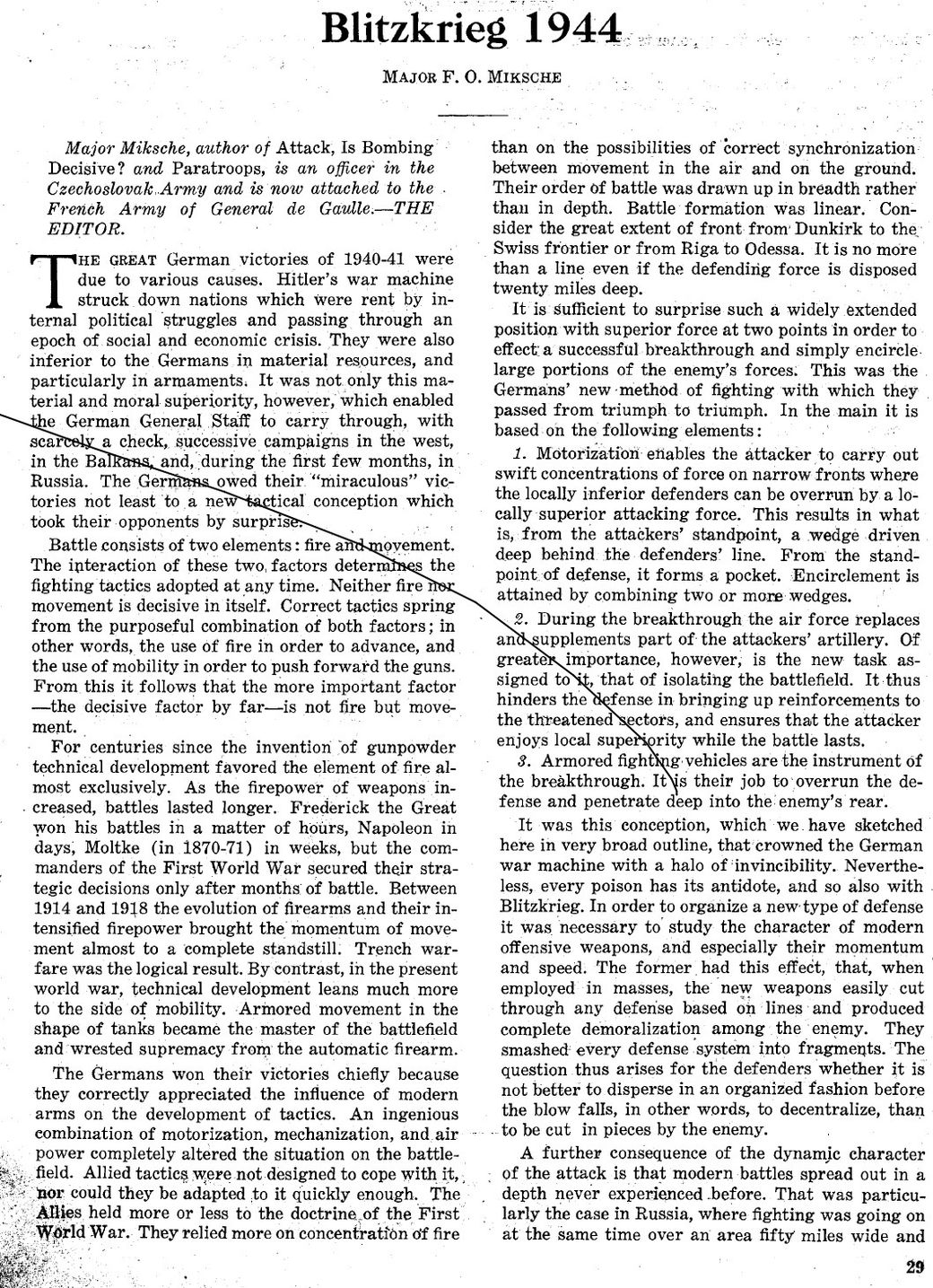
Description
Military Review: 1938-1948
Timeline of Events (as reflected in the journal’s content):
- 1922: The Command and General Staff School (CGSC) publishes its first issue of “Military Review” at Fort Leavenworth, Kansas.
- Pre-1938 (prior to WWII): “Military Review” focuses heavily on military theory, tactics, and employment of equipment in previous European wars. There is apparent interest in 19th-century cavalry tactics.
- March 1938: The “Military Review” is known as the “Command and General Staff School Quarterly Review of Military Literature.”
- Early WWII (1939-1941): The journal’s content shifts due to the unfolding war, with less focus on historical tactics and more emphasis on modern warfare, evidenced by articles like “Armored Division in Offensive Action” (March 1941).
- Early WWII (1941 – 1942): Articles become focused on modern warfare, and analysis of early combat.
- April 1943: “Military Review” transitions to a monthly publication, reflecting the growing need for timely information during the war and the urgency of relaying knowledge regarding current operations. The format changes from “Command and General Staff School Quarterly Review of Military Literature” to the more informal “Military Review.” The journal begins publishing articles like “Capture of an Enemy Supporting Point,” “Reinforcing Artillery Employed in Mass,” and “Gasoline Supply in the Combat Zone.”
- Post-April 1943: Focus shifts to tactical employment of forces based on current operations in Europe, the Pacific, and Africa. The journal includes translations and digests of foreign military literature from allies and enemies.
- January 1944: The journal focuses intensely on relaying knowledge of current strategic, tactical, and logistical operations, as seen in articles discussing the strategy of the 1943 invasion of Italy, the reconditioning program in Army Service Forces hospitals, IV Fighter Command, the Soviet Army’s tactics, and more.
- Post-WWII (1945-1948): “Military Review” analyzes and distills the knowledge gained from WWII battle experiences for future military education and application. The journal continues publication in the immediate postwar years.
Cast of Characters (Principal People Mentioned in the Source):
- General William Tecumseh Sherman: U.S. Army general who founded the School of Application for Infantry and Cavalry (later the CGSC) in 1881. His intent was to establish an officer training school that would enhance US military capability and professionalism.
- COL Conrad H. Lanza: US Army Colonel. Author of “The strategy of the 1943 invasion of Italy.” Likely an expert on military strategy, or an active participant in the planning of military operations.
- MAJ B. Korol: Major in the Soviet Army. Author of “Calculation and risk in the pursuit.” Likely a combat experienced officer in the Red Army.
- BG Charles C. Hillman: U.S. Army Brigadier General. Author of “The reconditioning program in Army Service Forces hospitals.” Likely an expert in military medicine and care.
- BG Russell E. Randall: U.S. Army Brigadier General, commander of the IV Fighter Command. Author of “IV Fighter Command Army Air Forces (Sons of the Falcon).” Likely an expert in aerial combat.
- LT COL Raymond O. Ford: U.S. Army Lieutenant Colonel, Ordinance Department. Author of “An amphibious com Z.” Likely an expert in amphibious logistics.
- MAJ Lawrence L. Jarvie: U.S. Army Major, Adjutant General’s Department. Author of “Tutorial technique comes to Leavenworth.” Likely an expert in military training and methodology.
- LT COL Jay C. Whitehair: US Army Lieutenant Colonel. Cavalry officer. Author of “Introduction to a task force.” Likely a task force commander, and subject matter expert in task force operations.
- LT COL Louis Duenweg: U.S. Army Lieutenant Colonel, Adjutant General’s Department. Author of “G-1’s ‘sixty-four dollar question’.” Likely an expert in military personnel and logistics.
- MAJ F. O. Miksche: Author of “Blitzkrieg 1944.” Likely a military theorist or expert on the topic of Blitzkrieg.
- LT COL Byron L. Paige: U.S. Army Lieutenant Colonel, General Staff Corps. Author of “Campaigning in the jungle.” Likely an expert in jungle warfare and military logistics in that theater.
- LT COL Frank S. Henry: U.S. Army Lieutenant Colonel, Cavalry. Author of “British and U.S. staffs: a comparison.” Likely an officer with knowledge of both British and American staff operations.
- LT COL W. H. Van Dine: U.S. Army Lieutenant Colonel, Quartermaster Corps. Author of “Food for thought.” Likely an expert in military supply, logistics and food procurement/supply.
- CAPT Earl Bishop: U.S. Army Captain, Infantry. Author of “Defense against an airborne attack.” Likely a tactical expert in ground combat operations.
- LT COL J. M. Pittman: U.S. Army Lieutenant Colonel, Infantry. Author of “Reorganization for the Armored Division.” Likely an expert in armored warfare and organizational structure.
- COL Henry J. Schroeder: U.S. Army Colonel, Signal Corps. Author of “We need more and better G/A-1’s.” Likely an expert in military communication.
- WNG COMM M. T. Judd: Wing Commander, Royal Air Force. Author of “The Royal Air Force.” Likely an expert in RAF operations.
- LT COL H. C. Dozer, Jr.: U.S. Army Lieutenant Colonel, Coast Artillery Corps. Author of “AAA in a landing operation.” Likely an expert in anti-aircraft artillery, and amphibious operations.
- CAPT Nathan Blackman: U.S. Army Captain, Medical Corps. Author of “Use your psychiatrist.” Likely a military psychiatrist.
- LT COL Hubert E. Thorner: U.S. Army Lieutenant Colonel, Infantry. Author of “Barrier construction and anti-mechanized defense.” Likely an expert in defensive operations.
World War II: Military Review 1938 – 1948
The journal Military Review consists of 10,850 pages and 89 issues, published from March 1938 to December 1948 by The Command and General Staff School located in Fort Leavenworth, Kansas.
The United States Army Command and General College (CGSC) is a graduate institution for U.S. military officers based in Fort Leavenworth, Kansas. Established in 1881 by General William Tecumseh Sherman as the School of Application for Infantry and Cavalry, it released its first edition of “Military Review” in 1922. By 1938, this publication was referred to as the “Command and General Staff School Quarterly Review of Military Literature.” In April 1943, it transitioned to a monthly release under the simpler name “Military Review.” The primary aim of this military journal was to explore the principles, doctrines, and concepts of warfare in an open setting.
The editions produced before, during, and after World War II offer valuable insights into American military perspectives and developments. Throughout the war, Military Review evolved into a contemporary military journal rich with information, ideas, and doctrines, including translations and summaries of significant foreign military literature. It even featured translations of articles from German military journals created during the conflict. Prior to the war, Military Review placed significant emphasis on military theory, tactics, and the use of equipment in past European conflicts.
World War II shifted the journal’s perspective; it no longer focused on 19th-century cavalry charges and instead became involved in the current war effort. Following the U.S. entry into World War II, articles in Military Review began to concentrate on the tactical deployment of forces based on ongoing operations in Europe, the Pacific, and Africa. Most contributions came from American officers who had recently seen combat, resulting in articles with titles like “Capture of an Enemy Supporting Point” (April 1943), “Reinforcing Artillery Employed in Mass” (June 1943), “Gasoline Supply in the Combat Zone” (October 1943), and “Armored Division in Offensive Action” (March 1941).
Recognizing the demand for war information, Military Review transitioned from a quarterly to a monthly publication starting in April 1943. As the conflict continued, the journal sought more material from foreign military publications, allowing it to learn from both allies and adversaries.
Two years into American involvement in the war, the journal’s mission became sharply focused on disseminating knowledge about current strategic, tactical, and logistical operations. This focus is reflected in the articles featured in the January 1944 issue, which included titles such as:
- The strategy of the 1943 invasion of Italy by COL Conrad H. Lanza.
- Calculation and risk in pursuit by MAJ B. Korol, Soviet Army.
- The reconditioning program in Army Service Forces hospitals by BG Charles C. Hillman, US Army.
- IV Fighter Command Army Air Forces (Sons of the Falcon) by BG Russell E. Randall, IV Fighter Command. An amphibious communication system by LT COL Raymond O. Ford from the Ordinance Department.
A tutorial method is being introduced in Leavenworth, presented by MAJ Lawrence L. Jarvie of the Adjutant General’s Department.
An overview of a task force is provided by LT COL Jay C. Whitehair from the Cavalry.
LT COL Louis Duenweg of the Adjutant General’s Department discusses G-1’s significant query.
The topic of Blitzkrieg in 1944 is explored by MAJ F. O. Miksche.
LT COL Byron L. Paige from the General Staff Corps addresses campaigning in jungle environments.
A comparison between British and U.S. military staffs is discussed by LT COL Frank S. Henry of the Cavalry.
Ideas to ponder are shared by LT COL W. H. Van Dine from the Quartermaster Corps.
Strategies for defending against airborne attacks are covered by CAPT Earl Bishop of the Infantry.
LT COL J. M. Pittman from the Infantry discusses reorganizing the Armored Division.
COL Henry J. Schroeder of the Signal Corps emphasizes the need for improved G/A-1s.
WNG COMM M. T. Judd represents the Royal Air Force.
The role of AAA during landing operations is explained by LT COL H. C. Dozer, Jr. of the Coast Artillery Corps.
CAPT Nathan Blackman from the Medical Corps advocates for utilizing psychiatric resources.
LT COL Hubert E. Thorner of the Infantry speaks on building barriers and anti-mechanized defenses.
Military updates from around the globe.
Articles featured in this issue’s foreign military digests include:
Collaboration between cavalry units and tanks.
The fight for control in the Aegean region.
Adjustments of artillery fire by aircraft.
The importance of reconnaissance in identifying limits and flanks.
Emergency bridge solutions used by German forces.
The application of tanks in battles within mountainous areas.
The deployment of airborne troops.
Management of troops during combat scenarios.
An illustration of effective ground usage by tank units.
The contributions of the German Women’s Labor Service.
The role of self-propelled artillery in offensive operations.
Combat organization of an anti-aircraft regiment during troop protection.
Ground utilization tactics in tank warfare.
Challenges encountered in mountain combat scenarios.
Inter-arm cooperation in attack strategies.
Combined efforts of motorized infantry and tank units.
The confrontation over a hill.
Use of assault guns on the Eastern Front.
The tank unit commander’s function in battle.
Aerial assaults targeting enemy rail transport.
Engagements involving ski battalions.
The impact of air power during the Salerno campaign. Once the war concluded, Military Review managed to extract, refine, and disseminate insights gained from the numerous combat experiences of World War II for many years to come
Related products
-
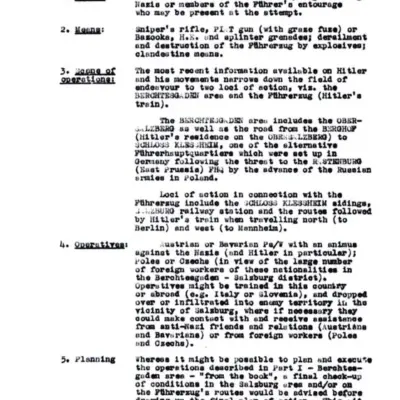
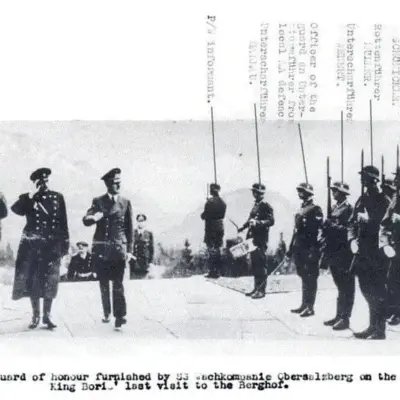
World War II: Adolf Hitler and Operation Foxley – British Assassination Plot
$19.50 Add to Cart -
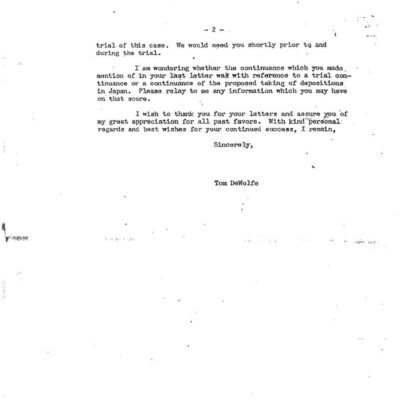
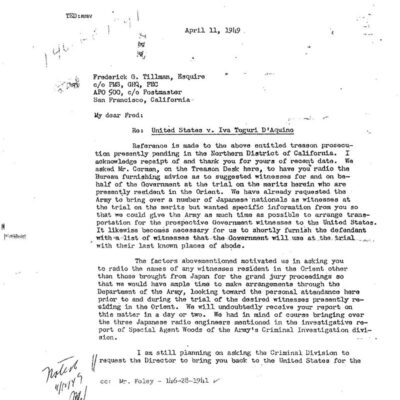
Tokyo Rose: Department of Justice Prosecution Files
$19.50 Add to Cart -
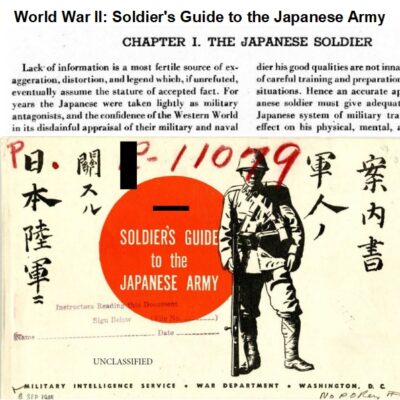

World War II: A Soldier’s Handbook on the Japanese Army
$3.94 Add to Cart -
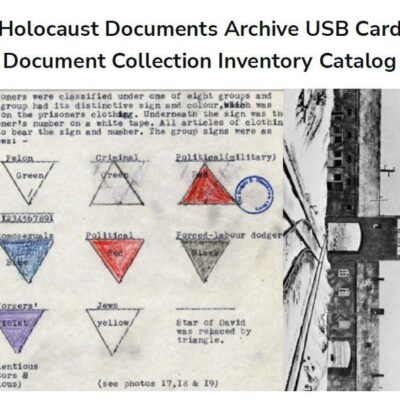
Holocaust Document Archive PDF file – Inventory Catalog of Document Collection
$3.94 Add to Cart